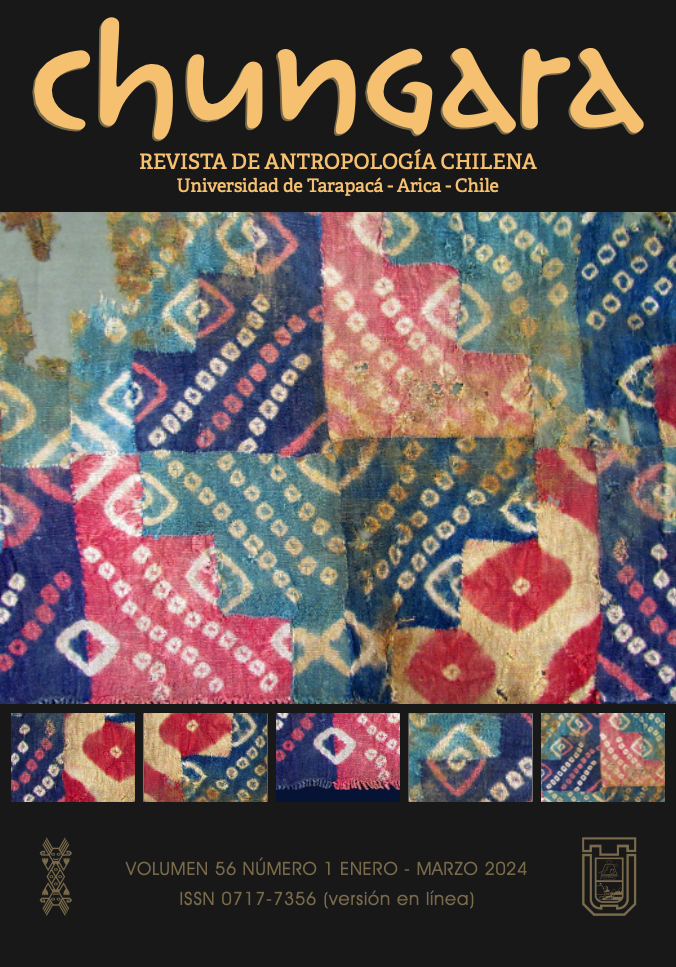Written by Super User. Posted in Papers - English
SOCIAL SETTINGS OF INTERVENED ROCKS. INSIGHTS FROM THE EASTERN SLOPES OF CUMBRES CALCHAQUÍES, TUCUMÁN, ARGENTINA
LOS ESCENARIOS SOCIALES DE LAS ROCAS INTERVENIDAS. APORTES DESDE LA VERTIENTE ORIENTAL DE LAS CUMBRES CALCHAQUÍES, TUCUMÁN, ARGENTINA
Julián Salazar and Valeria Franco Salvi
This paper analyses the material attributes and discovery contexts of a set of rocks that were intervened and circulated during the first Millennium of the Christian Era in settlements of the locality of Anfama, southern end of Cumbres Calchaquíes. Archaeological studies have made it possible to identify the original settings where these pieces were used, to propose chronological relations, and to discuss their traditional categorization as rocks exclusively associated with the cult of ancestors. The results allow to state that the manufacture and circulation of these objects took place mostly during the first half of the first Millennium, within a context of emergence and consolidation of village life, and that they acted as ordering entities in household routines and relationships.
Print
Email
Written by Super User. Posted in Papers - English
CERAMIC PETROGRAPHY APPLIED TO THE STUDY OF METALURGY IN THE PREHISPANIC ARGENTINE NORTHWEST
PETROGRAFÍA CERÁMICA APLICADA AL ESTUDIO DE LA METALURGIA EN EL NOROESTE ARGENTINO PREHISPÁNICO
Geraldine Gluzman and E. Beatriz Maisonnave
Pre-Hispanic production of metallurgical ceramics in Northwest Argentina has been a subject little discussed in traditional archaeometallurgical studies. Nevertheless, these ceramics, mainly molds and crucibles, were indispensable inputs of the most complex technology carried out by the pre-Hispanic societies of the area, as was the production of metallic goods. Although they have been analyzed in certain specific aspects, little research has been done on the characterization of their ceramic fabric. In this paper, we present an analysis of metallurgical ceramics from archaeological sites in the area through petrographic procedures. The sample, composed of ten specimens, contains ceramics from the Valliserrana area, covering from the province of Jujuy up to the province of San Juan. The analysis is enriched with descriptions of objects from other regions of Northwest Argentina as well as from the North of Chile. In this first stage towards a regional comparison, the results indicate that, at a regional level, the morphology of metallurgical ceramics shows an important similarity in forms and proportions, while the ceramic petrography accounts for a wide range of variability in terms of size and nature of inclusions, degree of porosity, and percentage of matrix, reflecting technological decisions, which were influenced by local geology and constrained by use as production inputs.
Print
Email







